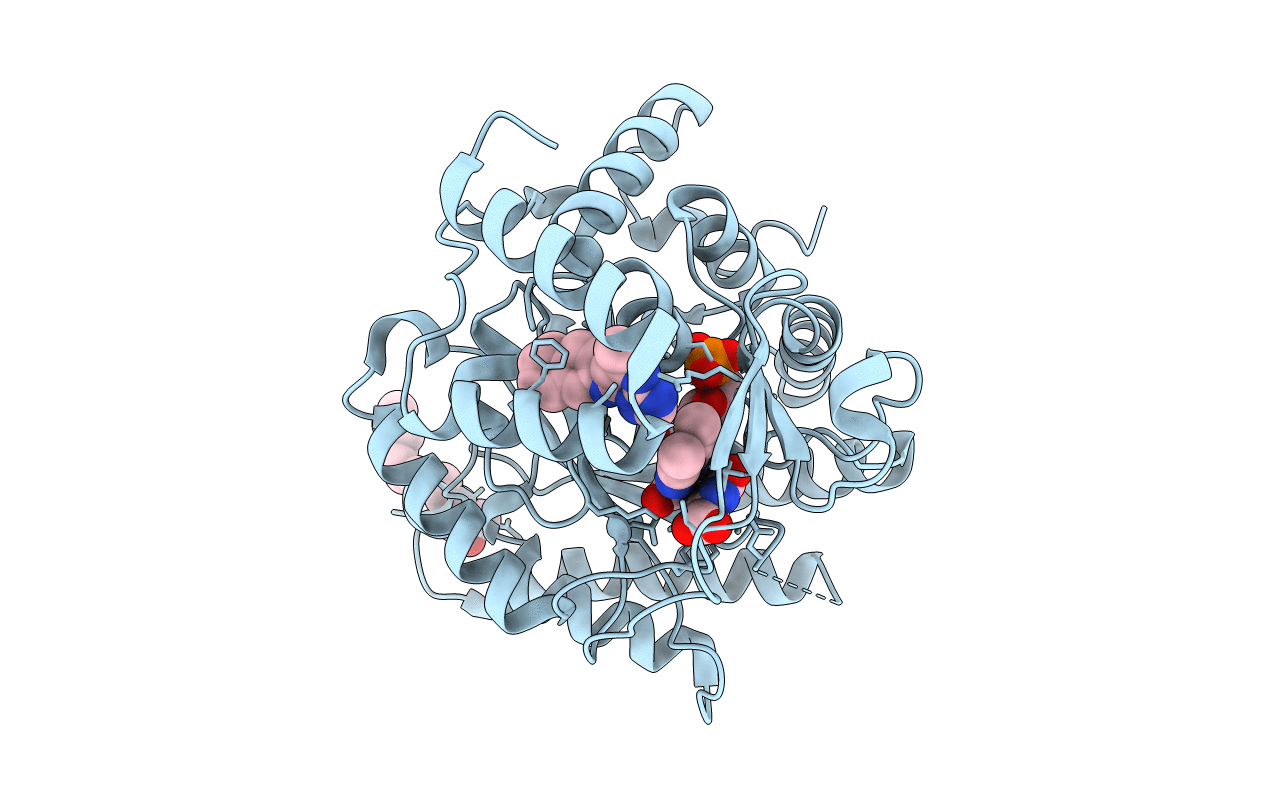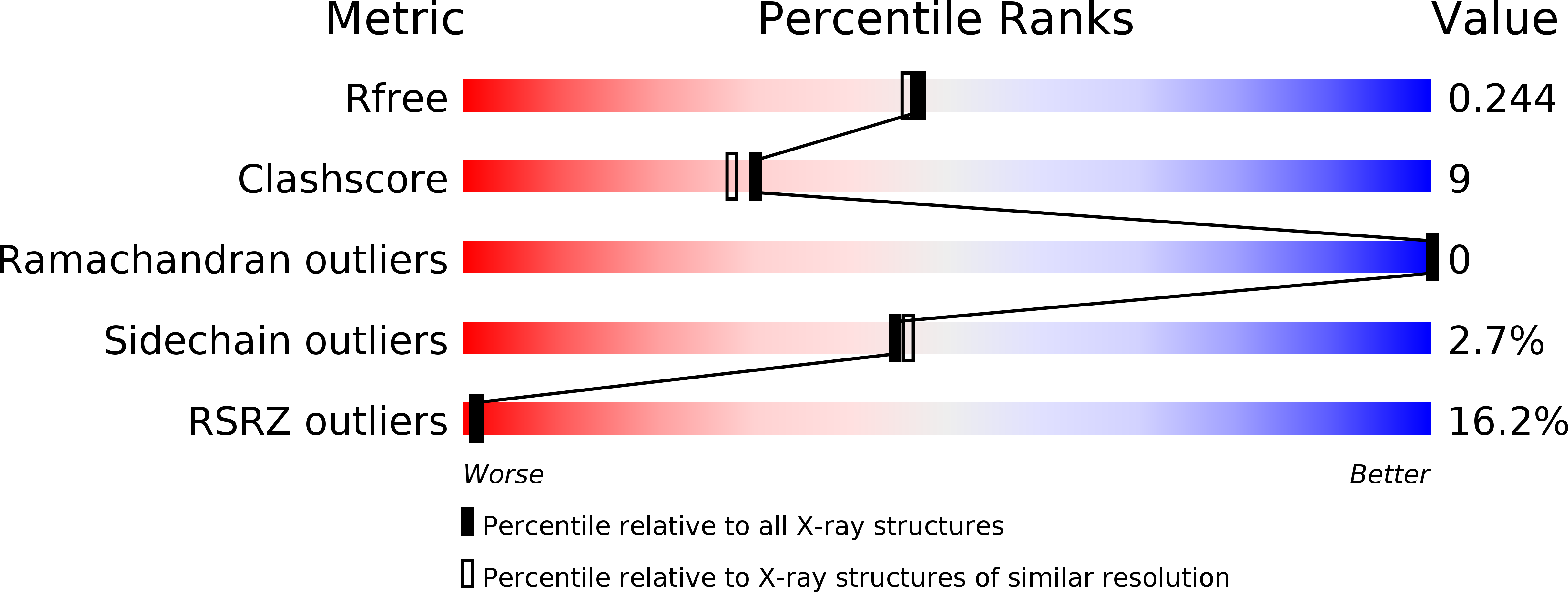
Deposition Date
2009-07-06
Release Date
2009-07-28
Last Version Date
2023-09-06
Entry Detail
PDB ID:
3I65
Keywords:
Title:
Plasmodium falciparum dihydroorotate dehydrogenase bound with triazolopyrimidine-based inhibitor DSM1
Biological Source:
Source Organism:
Plasmodium falciparum 3D7 (Taxon ID: 36329)
Host Organism:
Method Details:
Experimental Method:
Resolution:
2.00 Å
R-Value Free:
0.24
R-Value Work:
0.21
R-Value Observed:
0.21
Space Group:
P 64


